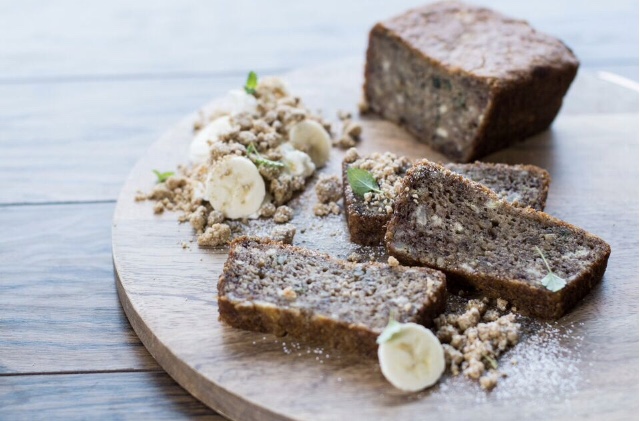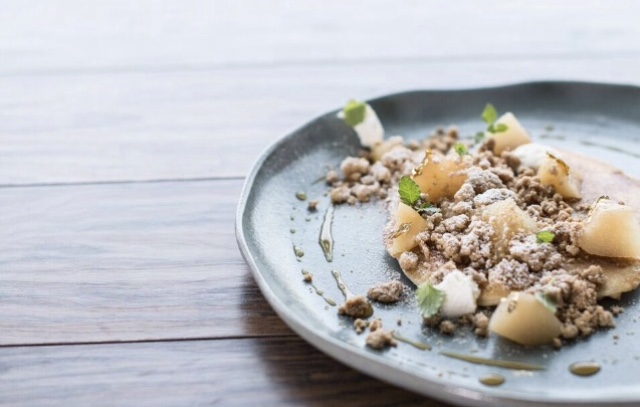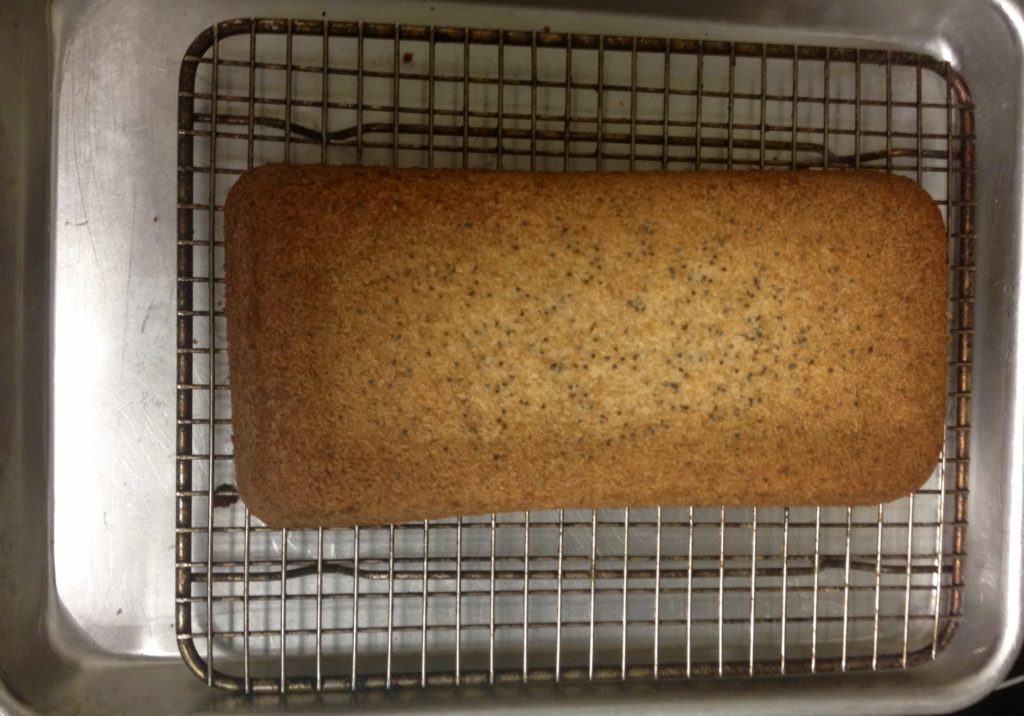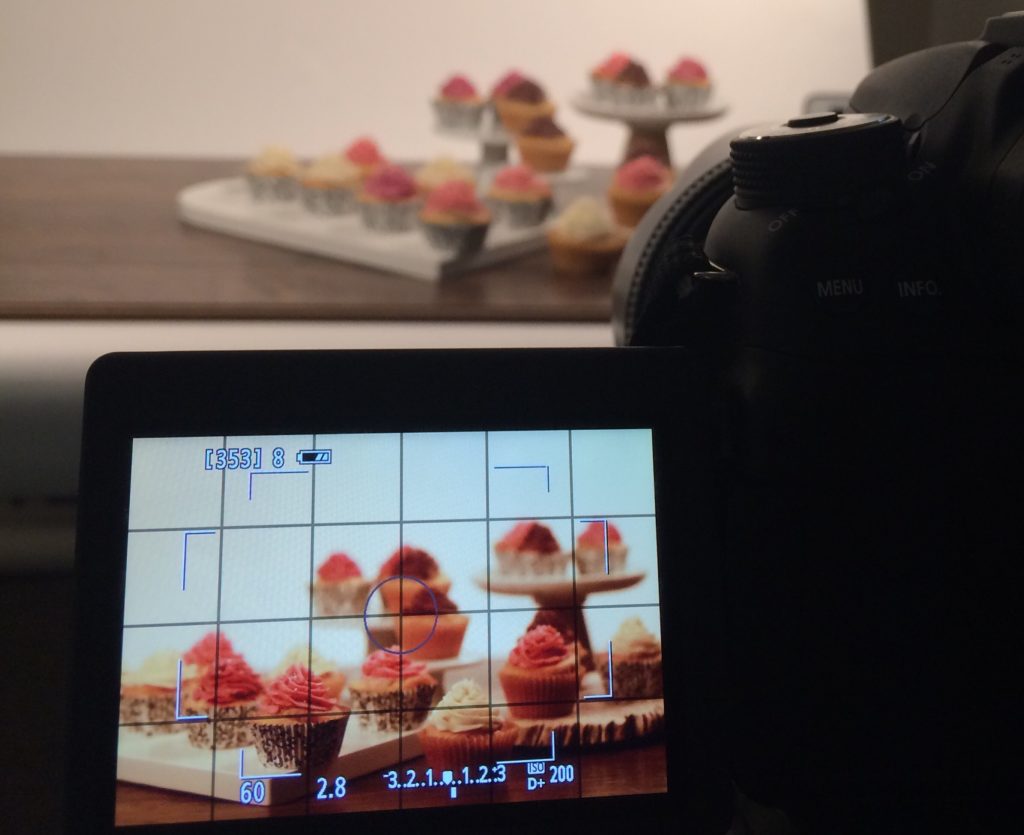This summer I had an amazing job with a gluten-free flour company. Over the course of 4 months I learned tons about the food industry, business, baking and cooking and the health benefits of various grains. I had multiple responsibilities with the company. Some of them required more work than I think I did in my whole first year of university, and some were pretty fun. One of them was recipe testing and baking for photoshoots.
Baking has been my hobby for forever, so I was fairly comfortable with the recipe testing, but there was definitely a learning curve since it was all gluten free and most of it was also vegan. I was working for chefs who were always there for guidance, so it wasn’t too hard to pick up on things. During my time, here’s what I learned about being a recipe tester:
Understanding the science behind it all is key.

Photo courtesy of NextJen Gluten-Free
Before you start testing (especially if you’re baking) you should understand some basic scientific reactions that are going on. Things like structure, leavening and hydration are pretty important. With GF and vegan baking especially, it’s important to understand that you’re replacing an entire protein structure that keeps things together.
You need to know your ingredients.

Photo courtesy of NextJen Gluten-Free
In order to adjust your recipe and replace ingredients, you need to know what each ingredients function is. If you’re trying to replace eggs, it’s important to know what eggs actually do so that you can find an ingredient that works similarly and has some of the same qualities (like dates, bananas, and chickpea water).
You try again and again.

Photo by Anna Neufeld
Recipe testing is systematic, you don’t try too many things at once, and you make gradual changes. If something isn’t turning out quite how you want it to, you keep going and adjusting things gradually. You need to test one recipe multiple times, changing a step here and an ingredient there until it’s just right. This GF vegan lemon poppyseed loaf was a sunken syrupy product until we decided to increase flour content, use an aquafaba, and reduce the sugar – but it took a few tries.
Recording everything that you do is essential.

Photo courtesy of NextJen Gluten-Free
When you test a recipe and make changes, you need to make sure you write down everything you did differently so that you don’t forget. Nothing would be worse than forgetting the winning recipe.
It’s fun.

Photo by Anna Neufeld
Having a baking obsession may be an influencing factor here… but recipe testing is definitely never boring. It’s fun to experiment and think of new ideas. You also get to taste test a lot of things, not to mention that sharing baked goods makes you everyone’s favourite.
The chefs that I worked with have way more recipe testing experience than I do, so they’ll probably laugh when they read this article, but I’m so grateful for everything that they taught me and to have had a job that I love. Who can complain when you get to make waffles all day?


